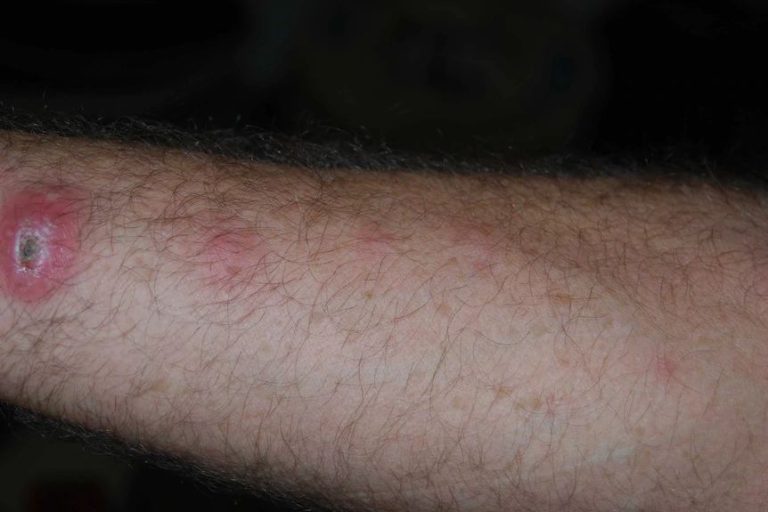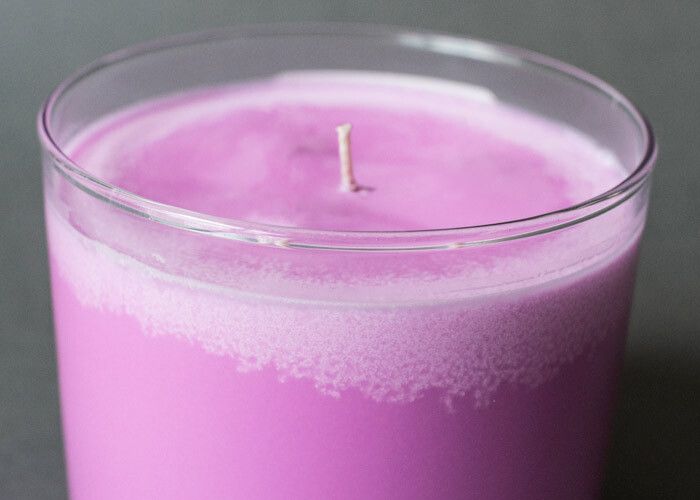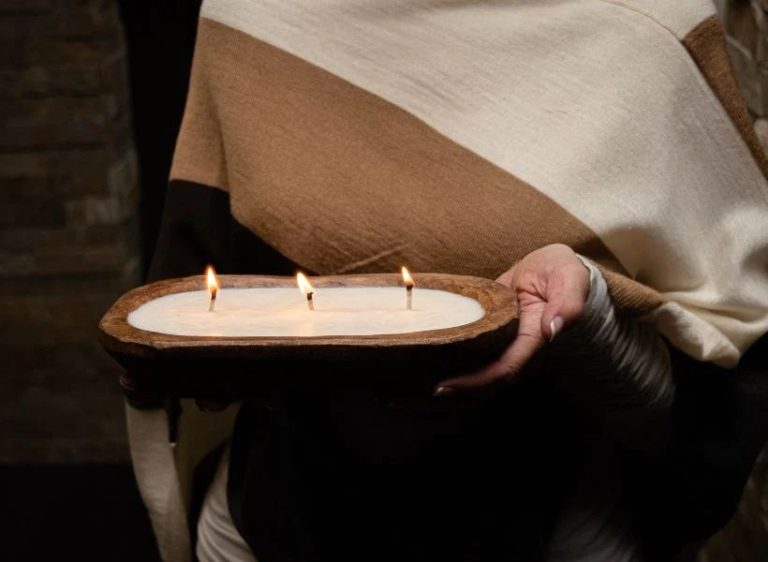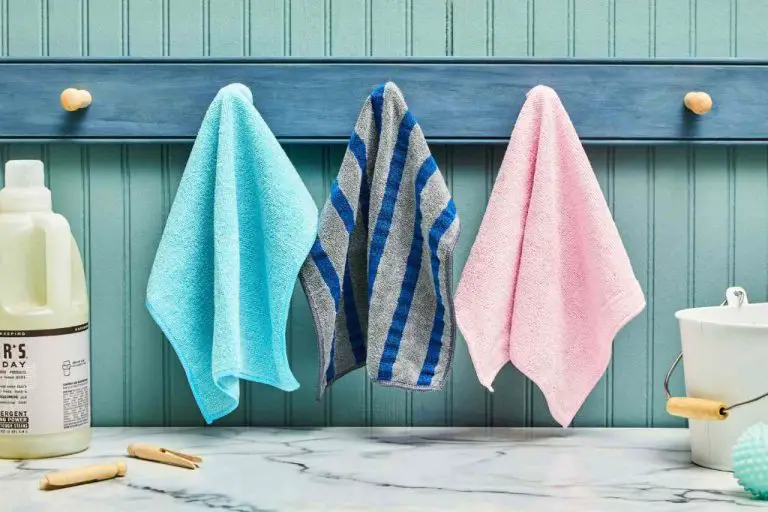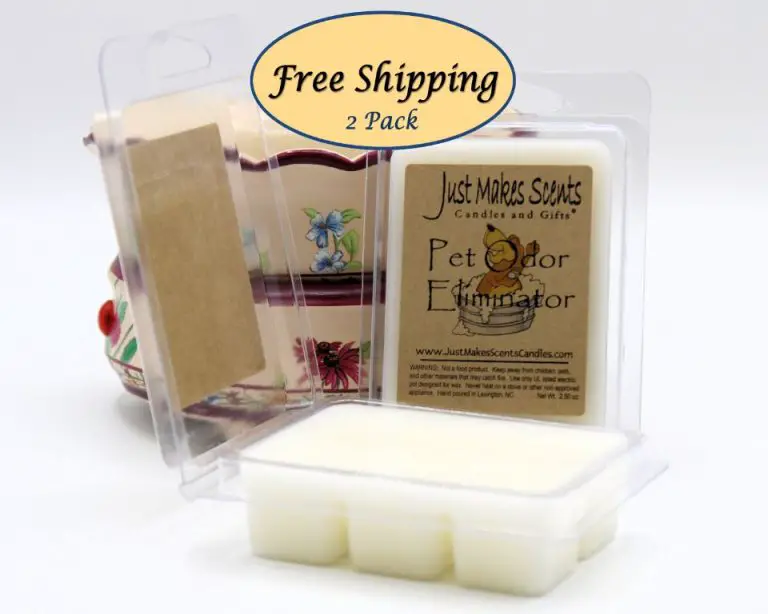What Is 100% Beeswax Good For?
100% beeswax refers to wax that is made entirely from honeycomb produced by honey bees. It contains no additives, paraffin, or synthetic ingredients. Unlike paraffin wax which is derived from petroleum, beeswax is a natural product made by honey bees.
Beeswax has been utilized by humans for thousands of years in a variety of applications. This comprehensive guide will explore the many uses and benefits of 100% pure beeswax. Topics covered include the moisturizing and healing properties of beeswax, its uses in aromatherapy, food preparation, as a furniture polish and sealing agent, in cosmetics, as an art medium, and more.
Moisturizing Properties
Beeswax is well known for its ability to moisturize and soften skin. When applied topically, beeswax forms a protective barrier that helps retain moisture in the skin (https://www.healthline.com/health/beeswax-uses). The waxy substance also contains vitamin A, which has additional skin conditioning properties(https://www.beecosmetics.co.uk/post/beeswax-skincare-benefits). The natural humectants in beeswax are able to attract and retain water molecules from the environment, preventing moisture loss through the surface of skin. This makes beeswax an excellent ingredient for individuals suffering from dry skin conditions such as eczema, psoriasis and dermatitis. The hydrating effects of beeswax keep skin smooth, supple and hydrated.
Healing Qualities
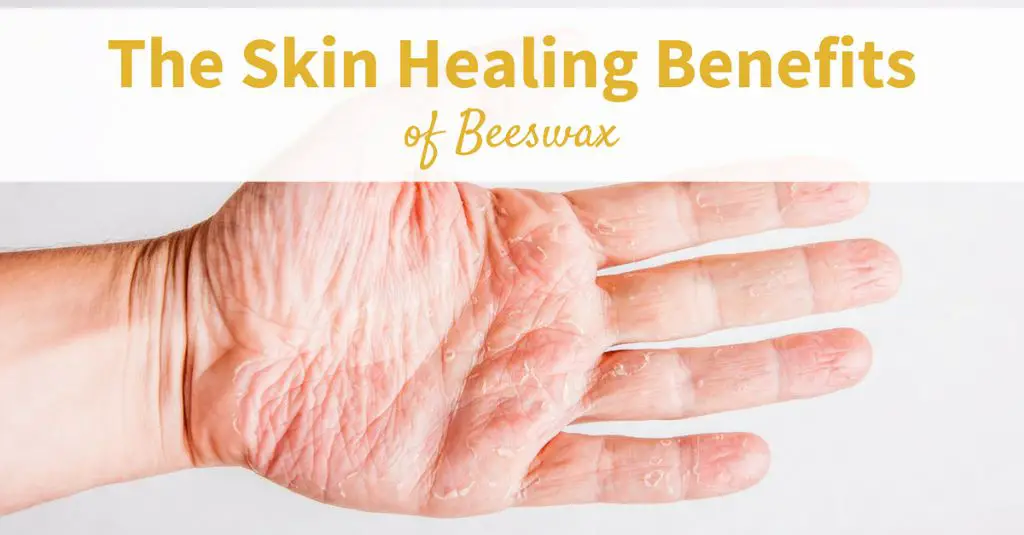
One of the most well-known benefits of beeswax is its healing properties. Beeswax contains a number of compounds that make it an effective antibacterial and anti-inflammatory agent, which can help treat minor cuts, scrapes, burns and skin irritation.
Research shows that beeswax has strong antiseptic qualities. The wax contains antibacterial molecules such as fatty acids, esters, and long-chain alcohols that can help disinfect and clean wounds (source). Applying beeswax to a cut or scrape creates a barrier to keep out germs and dirt while the injury heals.
Beeswax also has potent anti-inflammatory effects. It contains the anti-inflammatory agent chrysin, which helps reduce swelling and inflammation. This makes beeswax an effective treatment for burns, bug bites, rashes, and other irritations. The anti-inflammatory properties also make it beneficial for conditions like acne, eczema, and psoriasis (source).
In addition, beeswax helps lock moisture into the skin, keeping cuts, scrapes and burns hydrated as they heal. The vitamin A found in beeswax also aids in skin cell regeneration. Overall, beeswax’s combination of antibacterial, anti-inflammatory, and moisturizing properties make it a natural way to help heal minor skin injuries.
Aromatherapy Uses
One of the main benefits of 100% beeswax is its use in aromatherapy applications. Beeswax has a natural honey-like scent that makes it ideal for candles, incense, and other products used in aromatherapy. When burned, beeswax candles release negative ions that help purify the surrounding air.[1] The aroma from beeswax can have calming and relaxing effects that are useful for aromatherapy.
Beeswax is commonly used in aromatherapy candles, either on its own or blended with essential oils. The natural scent from beeswax enhances the aromatic qualities of essential oils. For example, beeswax blended with lavender oil boosts the relaxing and stress-relieving benefits of lavender. [2] When used in incense sticks or cones, beeswax helps distribute the fragrance from essential oils throughout a room. Overall, the honey-like aroma from beeswax makes it an ideal base for aromatherapy products.
Food Preparation
Beeswax is commonly used as an edible glaze or sealant for foods. The wax can be melted and brushed onto items like fruits, cheeses, candies, and baked goods to seal in moisture and provide an attractive finish. When used on cheese rounds, beeswax helps create a durable rind and extends the cheese’s shelf life. It lends a lovely sheen and light honey flavor to candies and desserts. According to sources like The Kitchn, beeswax is safe to eat and simple to melt and apply as a glaze.
Fruits like apples and citrus can also be dipped in melted beeswax to preserve freshness and moisture content. The edible wax coating helps lock in juices and prevents drying out. Beeswax used as a food sealant harnesses the natural preserving powers of the wax. With its anti-microbial properties, beeswax can help extend the shelf life of baked goods, cheese, produce and more when used properly.
Furniture Polish
Beeswax makes an excellent natural polish and protector for wood furniture. It helps restore wood finishes to their original luster and prevents drying and cracking. Beeswax is easy to apply as a thin coat and then buff out, leaving wood with a soft glow. According to Furniture Clinic, using beeswax polish provides six key advantages for wood furniture: it nourishes wood, enhances the grain, prevents drying, resists finger marks, protects against spills, and is easy to maintain. Homestead How-To recommends mixing beeswax with a carrier oil like mineral oil to make an easy DIY furniture polish at home. Simply apply a thin coat with a clean cloth, let it soak in for 10-15 minutes, and buff off any excess. Beeswax helps restore and protect wood finishes without darkening the natural wood tone.
Sealing Agent
One of the most popular uses of 100% beeswax is as a natural sealant or waterproofer. When applied to porous materials like wood and leather, the beeswax penetrates the surface and creates a protective barrier against water and moisture (Beeswax Protective Sealer). This water-repellent effect makes beeswax an ideal sealant for items like shoes, boots, furniture, envelopes, and more.
Beeswax’s hydrophobic properties allow it to effectively seal and waterproof without the use of harmful chemicals. It forms a long-lasting seal as it solidifies after penetrating into the material. Simple DIY beeswax waterproofing recipes only require ingredients like beeswax, pine resin, and linseed oil. When used to seal envelopes and paper, the beeswax prevents moisture damage and helps preserve important documents.
Overall, the natural water-resistance of beeswax makes it extremely versatile as an environmentally-friendly sealant and waterproofer for all kinds of materials from wood to leather and paper.
Cosmetics
100% pure beeswax is commonly used in cosmetics as a thickener and emulsifier, especially in creams, lip balms, and chapsticks. The emollient properties of beeswax allow it to moisturize skin without clogging pores, making it an ideal ingredient for natural skin care products. According to Bee Waxed Cosmetics, beeswax contains vitamin A which aids cell turnover and reduces wrinkles and age spots.
When used in products like lip balm, the hydrophobic nature of beeswax creates a protective barrier on the lips that seals in moisture. It also gives lip balms and chapsticks their signature smooth glide. Beeswax enhances the consistency and texture of creams and lotions as well. It stabilizes emulsions by binding oil and water components together in the formulation.
Cosmetic grade beeswax, like that offered by Beesworks, is purified and safe for cosmetic use. It has a rich, golden color and honey-like aroma. The purity and quality make it ideal for nourishing natural skin care recipes and products.
Art Medium Uses
One unique use of 100% beeswax is as an art medium for encaustic painting, modeling, and sculpture. Encaustic painting involves using heated beeswax combined with colored pigments to create artwork. The beeswax is melted and kept molten on a hot plate or other heat source. The artist then applies the colored wax to a surface, often wood or canvas, using a brush or other tool to create paintings with incredible depth and texture. As the wax cools and hardens, the layers of color fuse together into a smooth, luminous finished piece.
Beeswax can also be used for modeling sculptures and other 3D artworks. The warm, malleable wax allows artists to shape it into complex forms and details. As it cools, the finished sculpture retains its shape while remaining resilient yet delicate. Modeling with beeswax allows for very refined, precise creations. It also enables adjustments during the process since the wax can be heated and reshaped as needed. The finished beeswax sculpture has a lovely, golden glow and translucent quality from the wax medium.
Overall, the unique properties of beeswax make it an exceptional art medium. The wax’s malleability when warm, its ability to fuse layers and colors together smoothly, and its luminous finished surface create incredible effects for encaustic and sculptural artworks. 100% beeswax provides artists with a versatile, beautiful material for bringing their visual creations to life.
Conclusion
Overall, 100% beeswax is a versatile natural product with many uses and benefits. Here’s a summary of the main benefits and uses of beeswax we discussed:
Moisturizing Properties: Beeswax is an excellent natural moisturizer and softener for skin. It locks in moisture without clogging pores.
Healing Qualities: Beeswax has anti-inflammatory, antibacterial and antiviral properties that make it beneficial for healing cuts, burns, rashes and other skin conditions.
Aromatherapy Uses: Beeswax candles infuse rooms with a light, natural honey-like scent that calms the nerves and creates a peaceful ambiance.
Food Preparation: Coating cheese and fruits with beeswax protects them and creates an appetizing sheen. Beeswax is also used to grease baking pans.
Furniture Polish: A beeswax polish nourishes wood furniture, prevents drying and cracking, and gives items a lustrous glow.
Sealing Agent: Beeswax seals and waterproofs materials like wood and fabric when used in finishes, pastes, and waxes.
Cosmetics: Beeswax thickens, emulsifies and stabilizes creams, balms, soaps and other natural cosmetics while moisturizing skin.
Art Medium: As a modeling wax, beeswax can be shaped into organic sculptures and is an essential component of encaustic painting.
With this diverse range of uses for skin care, health, household, food and art, it’s clear why 100% beeswax is such a prized natural product.

